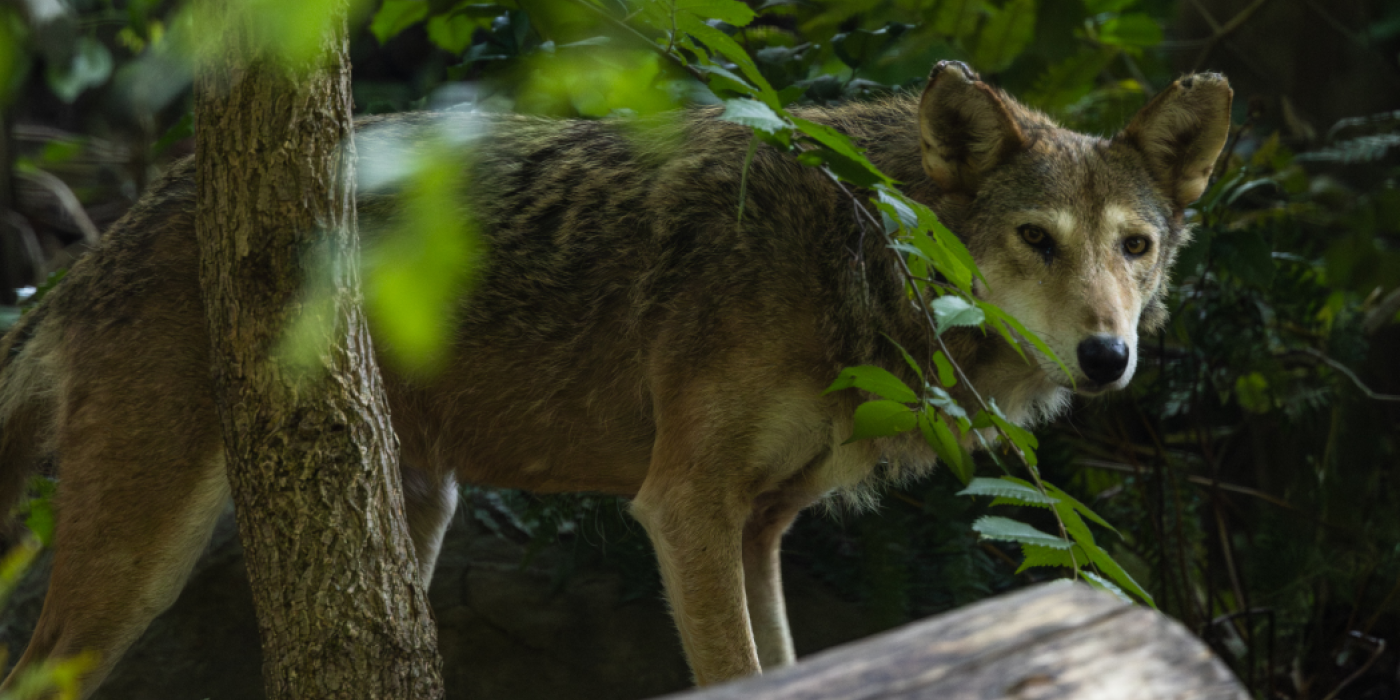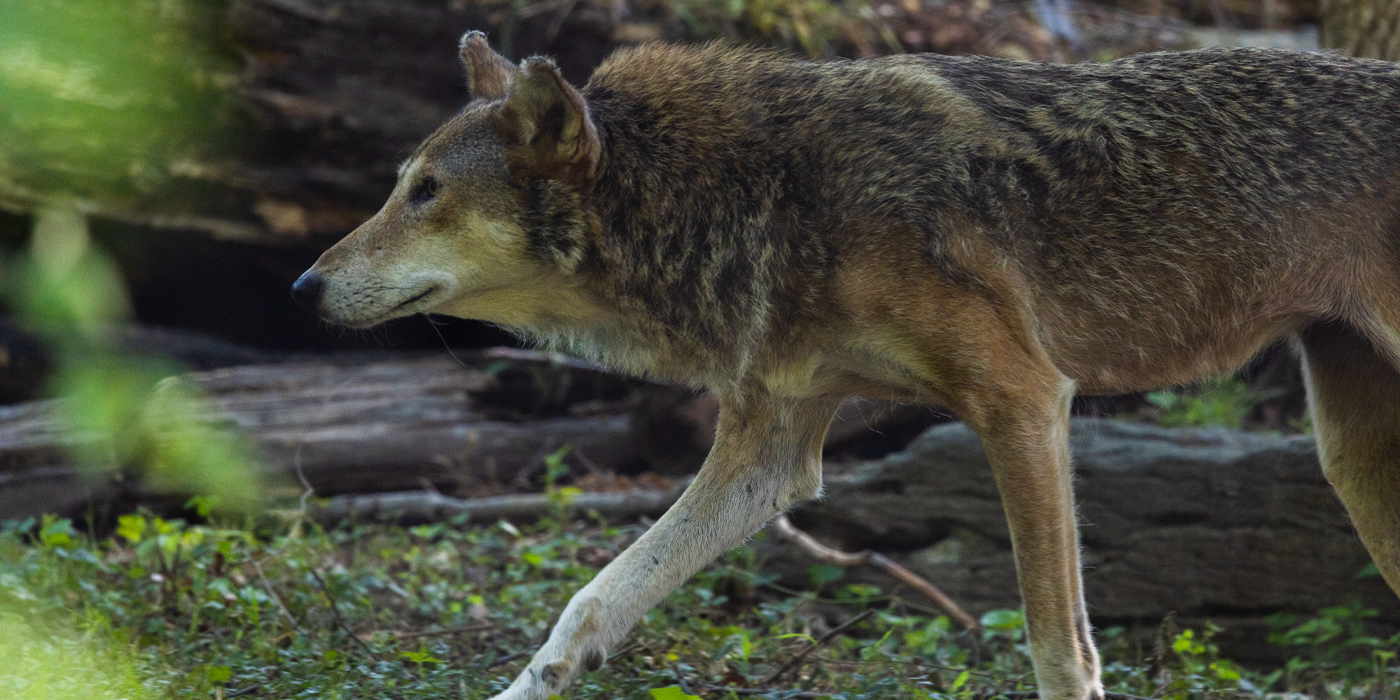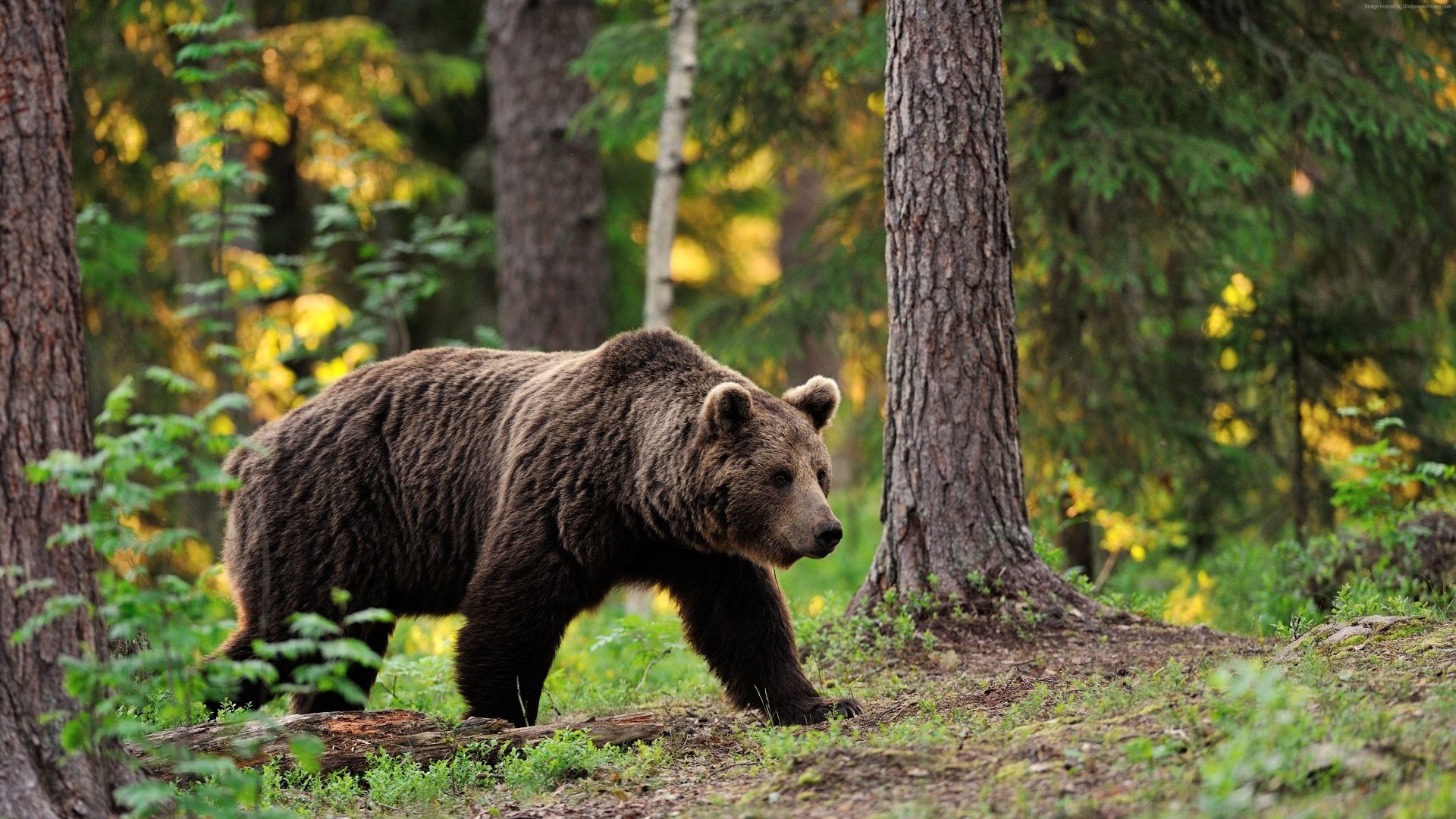
Our gallery features stunning images of animals from around the world, highlighting their beauty and diversity.
Our mission is to inspire a love for wildlife by showcasing the beauty and diversity of animals through stunning photography and engaging content.
We feature images from renowned photographers who have captured rare and breathtaking moments of animals in their natural habitats.
Our gallery aims to raise awareness about endangered species and promote conservation efforts to protect these magnificent creatures.
Visitors can explore various animal categories, including mammals, birds, reptiles, amphibians, and marine life, each with unique and captivating stories.
We provide educational content and fun facts about different animals, making our gallery a valuable resource for learning and exploration.
Our collection includes both common and exotic animals, offering a diverse range of images that highlight the incredible variety of wildlife.
We regularly update our gallery with new images and content to keep visitors engaged and excited about discovering more wildlife wonders.
Our gallery is designed to be user-friendly, allowing visitors to easily navigate and find their favorite animals and photographs.
We encourage wildlife enthusiasts and photographers to share their own photos and experiences, creating a vibrant and interactive community.




Physical Description
Red wolves have a distinct reddish tinge to their coat, particularly on the ears, head, and legs. Adult red wolves tend to resemble their cousins, the gray wolves, but are usually smaller, and with longer, lankier legs, taller ears, and a thinner body. They are often described as resembling a mix between a gray wolf and a coyote.
Despite the name, their coats can vary quite a bit in color. Some have tawny or cinnamon-colored fur, while others have more gray and black tones mixed into their coats. Their undersides are usually colored white or pinkish-red.
Size
Red wolves are large canids, but slightly smaller than their cousin, the gray wolf. Adults measure about 4 to 5 feet (1.2-1.5 meters) long from nose to tail and stand about 26 inches (66 centimeters) at the shoulder. They weigh between 40-80 pounds (18-36 kilograms).
Native Habitat
These “All-American” wolves are found only in the United States. They once roamed freely in forests, swamps, and coastal prairies, ranging from Texas to Pennsylvania. Currently, their wild population is limited to just a single designated recovery area in northeastern North Carolina.
Lifespan
They live for about 7-10 years in the wild. In human care, they can live up to 16 years.
Communication
Red wolves use a wide variety of vocalizations to communicate with each other, including barks, growls, and yaps. Like other wolves, they can communicate over long distances through their howl—these howls are used as a social rally call, a hail to hunt, or as a territorial expression. A wolf’s howl can be heard from several miles away.
They also communicate through physical gestures, such as swishing their tails and twitching their noses, or by scent marking their territory with urine and gland secretions.
Food/Eating Habits
Red wolves are carnivores, eating up to five pounds of meat a day. In the wild, they hunt in packs, ranging up to 20 miles a day within their home territories to find prey. Capable of running up to 30 miles per hour (48 kilometers per hour) and swimming for long periods of time, they can move quickly throughout their territories, which range up to 30,000 square miles (75,000 square kilometers) in size.
As apex predators, they help maintain the population levels of the other animals within their native habitat, which in turn keeps the local ecosystem in balance. Common prey animals include white-tailed deer, raccoons, turkeys, opossums, nutria, and smaller animals like rabbits, birds, and mice. They will also eat carrion and have been known to eat insects, berries, and some plant materials.
Sleep Habits
Red wolves are crepuscular and nocturnal, meaning they are active at nighttime but usually peak in activity around dawn or dusk. Red wolves usually sleep close together with their pack mates.
Social Structure
Red wolves are highly social animals. In the wild, they live in family groups, or packs, that can number between two to ten individuals. These packs usually include a pair of breeding adults and their offspring, who travel with the pack while young and leave to form their own packs once they reach adulthood. They are very territorial and will defend their established range from other animals, but they are quite shy around humans.
Reproduction And Development
Red wolves are monogamous, remaining with the same mate for their whole lives.
Pairs usually mate once a year, giving birth to a litter of four to six pups in April or May. Dens are hidden away among hollow trees, sandy knolls, stream banks, or piles of debris. Both parents help raise their young, bringing food back to the den until the pups are old enough to join the hunt. Other members of the pack—usually offspring from a previous litter—help protect and care for the young pups.
Red wolves grow to their full size after about one year and become sexually mature around two to three years old. However, disease, predation from other animals, and lack of food resources mean that only about half of all cubs reach adulthood.



